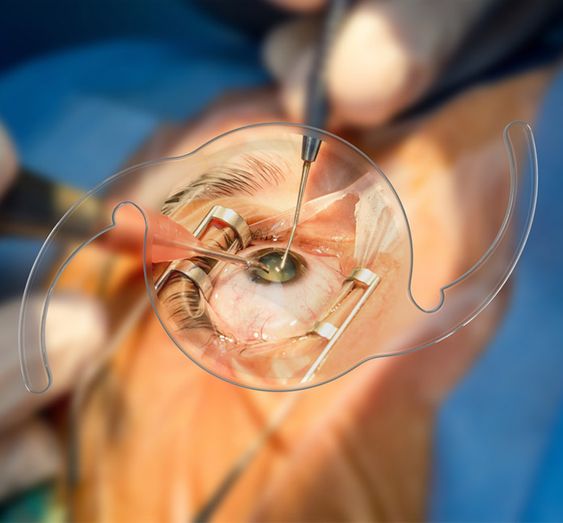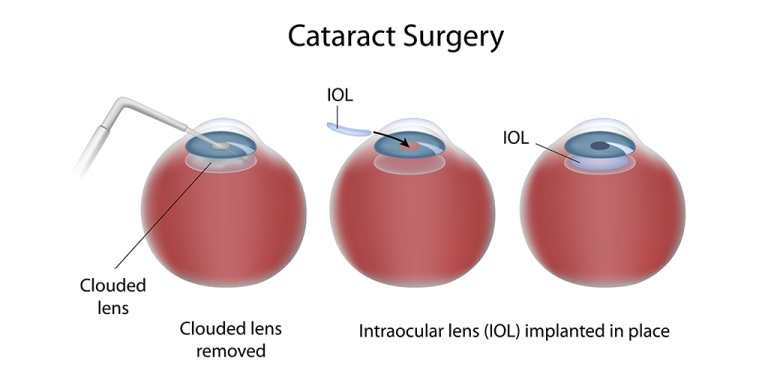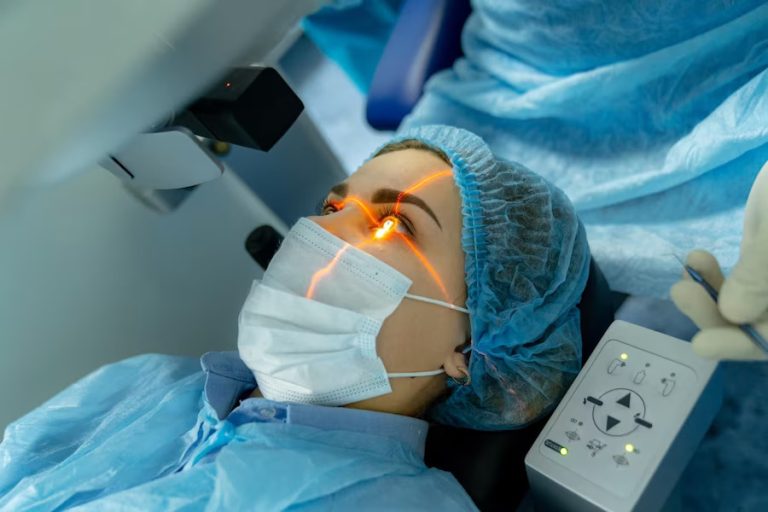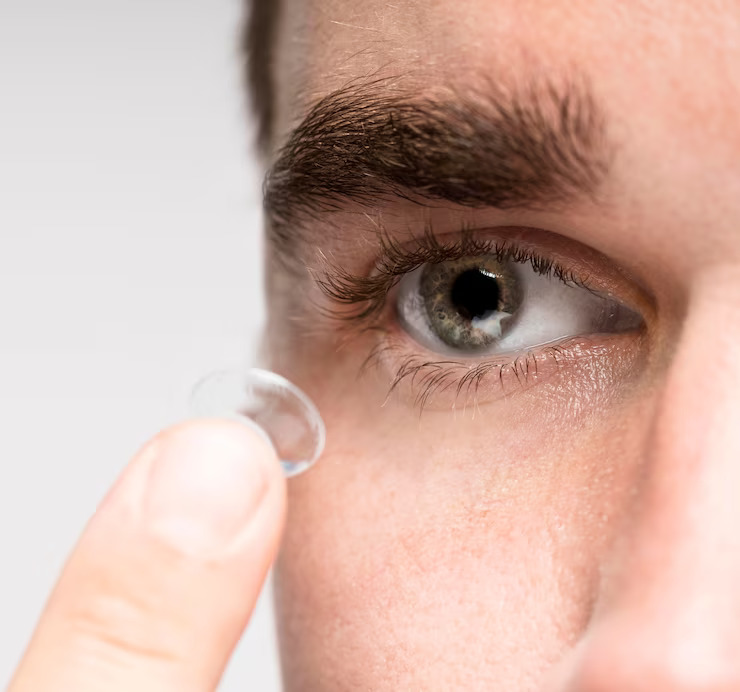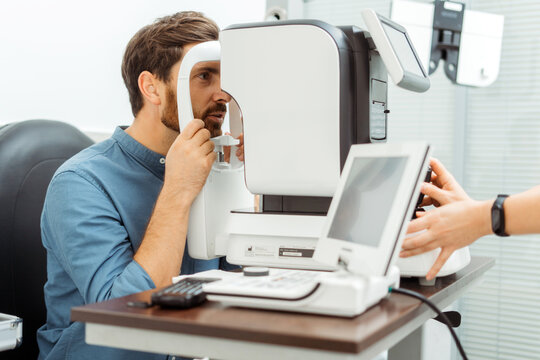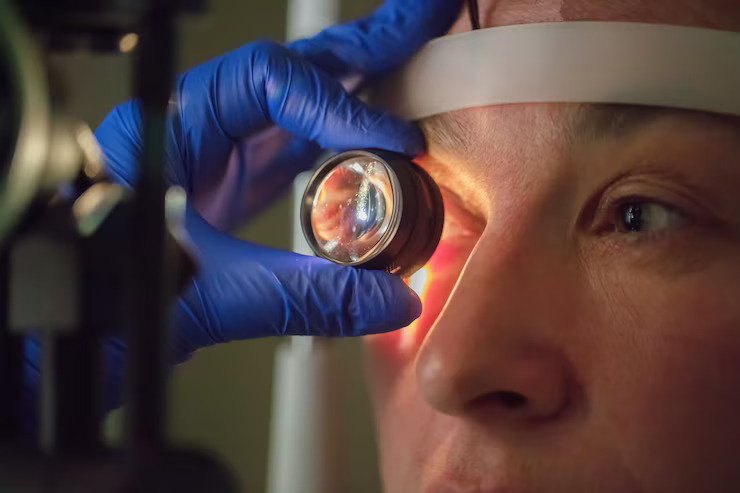In Focus: Understanding The Basics Of Cataract Surgery
Cataracts, a common age-related eye condition, cloud the natural lens of the eye, leading to blurred vision and visual impairment. Cataract surgery is a highly effective and routine procedure aimed at restoring clarity to a person’s vision. In this comprehensive guide, we will delve into the basics of cataract surgery, exploring the causes of cataracts, the surgical process, advancements in technology, and what individuals can expect before, during, and after the procedure.
Understanding Cataracts: Causes and Symptoms
Before delving into cataract surgery, it’s crucial to understand what cataracts are and how they impact vision. A cataract is a clouding of the lens in the eye, which is usually clear. The lens plays a crucial role in focusing light onto the retina at the back of the eye, allowing us to see clearly. As cataracts develop, they interfere with this process, leading to symptoms such as:
- Blurred or hazy vision
- Difficulty seeing at night
- Sensitivity to light
- Fading or yellowing of colors
- Double vision in one eye
- Frequent changes in glass prescription
Early on in their development, cataracts may show no symptoms at all. However, as they progress, they can significantly impact daily activities and quality of life.
The Decision for Cataract Surgery
The decision to undergo cataract surgery is typically made when the cataracts significantly impair vision and interfere with daily activities such as reading, driving, or recognizing faces. It is essential for individuals experiencing cataract-related vision changes to consult an eye care professional who can assess the severity of the condition and discuss the appropriate timing for surgery.
Preoperative Evaluation: Assessing the Eyes
Before cataract surgery, a comprehensive eye examination is conducted to assess the overall health of the eyes and gather information necessary for the surgical plan. This evaluation includes:
- Visual Acuity Test: Measuring the clarity of vision using an eye chart.
- Refraction Test: Determining the prescription for corrective lenses.
- Slit-Lamp Examination: Examining the structures of the eye, including the lens and cornea.
- Dilated Eye Exam: Widening the pupils with eye drops to examine the lens and retina.
- Biometry: Measuring the dimensions of the eye to determine the power of the intraocular lens (IOL) to be implanted.
These assessments help the surgeon tailor the cataract surgery to the specific needs and characteristics of the individual patient.
Surgical Options: Traditional vs. Advanced Techniques
Cataract surgery has evolved significantly over the years, and there are different surgical approaches and techniques available. The two primary surgical options are:
Phacoemulsification (Phaco): This is the most common and modern cataract surgery technique. It involves using ultrasound energy to break up the cloudy lens, which is then suctioned out through a tiny incision. After that, the natural lens is replaced with an artificial intraocular lens (IOL).
Extracapsular Cataract Surgery: This traditional technique involves removing the cloudy lens in one piece through a larger incision. It is less commonly used today but may be preferred in specific cases.
Intraocular Lens (IOL) Selection
One of the critical decisions in cataract surgery is the selection of the intraocular lens (IOL) that will replace the natural lens. IOLs come in various types, each offering unique benefits:
Monofocal IOLs: Provide clear vision at one distance (either near, intermediate or far). Patients may still need glasses for certain activities.
Multifocal IOLs: Designed to provide clear vision at multiple distances, reducing the need for glasses. Some individuals may experience glare or halos, particularly at night.
Toric IOLs: Correct astigmatism, providing clearer vision for individuals with this refractive error.
Extended Depth of Focus (EDOF) IOLs: Aim to provide a continuous range of vision, minimizing the need for glasses.
The choice of IOL depends on factors such as the patient’s lifestyle, visual preferences, and the presence of astigmatism.
Day of Surgery: What to Expect
Cataract surgery is typically an outpatient procedure, and patients can expect to return home on the same day. The surgery itself is relatively quick, often taking less than 30 minutes. Here’s a step-by-step overview of what to expect on the day of surgery:
Preparation: Patients are usually advised not to eat or drink anything for a few hours before the surgery. Eye drops are administered to dilate the pupil and numb the eye.
Anesthesia: Cataract surgery is typically performed under local anesthesia. The surgeon may also offer mild sedation to help the patient relax.
Incision: A small incision is made in the cornea, the clear front part of the eye, to access the cataract.
Phacoemulsification: In phacoemulsification, ultrasound energy is used to break up the cloudy lens, and the fragments are suctioned out.
IOL Implantation: The selected intraocular lens (IOL) is implanted to replace the natural lens.
Closing the Incision: In most cases, the incision is self-sealing and does not require stitches.
Recovery: Patients are monitored for a short time in the recovery area to ensure stability before being discharged.
Postoperative Care: Recovery and Follow-Up
After cataract surgery, individuals may experience some mild discomfort or itching, but significant pain is uncommon. Eye drops are prescribed to prevent infection and promote healing. It’s essential to follow the postoperative care instructions provided by the surgeon, which may include:
- Using prescribed eye drops as directed
- Avoiding strenuous activities and heavy lifting
- Wearing a protective eye shield, especially at night
- Attending follow-up appointments for monitoring
Most patients experience improved vision within a few days to weeks after surgery, and a gradual return to normal activities is expected.
Advancements in Cataract Surgery Technology
Cataract surgery has seen remarkable technological advancements in recent years, contributing to improved outcomes and patient satisfaction. Some notable advancements include:
Femtosecond Laser-Assisted Surgery: This technology enhances the precision of key steps in cataract surgery, such as corneal incisions and capsulotomy (opening of the lens capsule).
Optical Coherence Tomography (OCT): Provides detailed imaging of the eye’s structures, aiding in surgical planning and ensuring optimal IOL placement.
Intraoperative Aberrometry: Measures the eye’s optical characteristics during surgery, allowing for real-time adjustments to optimize visual outcomes.
Customized IOLs: Tailored to the individual’s unique visual needs, these lenses aim to provide enhanced visual acuity and reduce dependence on glasses.
These advancements reflect the ongoing commitment of the ophthalmic community to refine and innovate cataract surgery techniques.
Potential Risks and Complications
While cataract surgery is generally considered safe and highly successful, like any surgical procedure, it carries some risks. Potential complications may include:
- Infection
- Bleeding
- Swelling or edema
- Retinal detachment
- Increased intraocular pressure
- Posterior capsule opacification (clouding of the membrane behind the lens)
It’s important to note that serious complications are rare, and the vast majority of patients experience significant improvements in vision without complications.
Conclusion: A Clearer Future
Cataract surgery is a transformative and routinely performed procedure that has restored clear vision to millions of people worldwide. Understanding the basics of cataract surgery—from the causes and symptoms of cataracts to the surgical techniques and advancements in technology—empowers individuals to make informed decisions about their eye health.
As technology continues to advance, the future of cataract surgery holds the promise of even more personalized and precise interventions, ensuring that individuals can enjoy a clearer and brighter future through the restoration of their vision. If you or someone you know is considering cataract surgery, consulting with an experienced eye care professional is the first step toward a clearer and more vibrant outlook on life.

